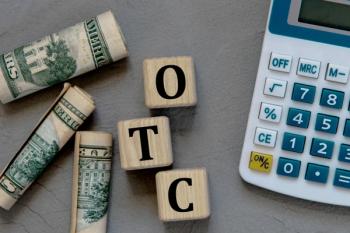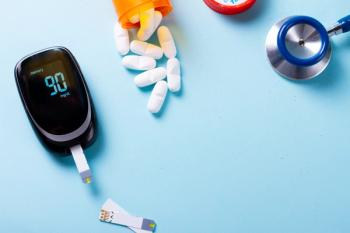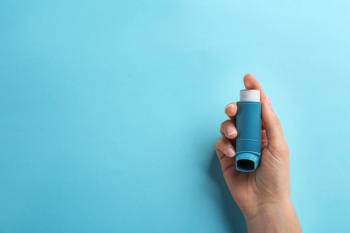
Prescription Fills Surge for Hydroxychloroquine, Chloroquine During Pandemic
A recent analysis showed a surge in prescription fills for hydroxychloroquine/chloroquine, likely due to off-label prescribing for coronavirus disease 2019.
A recent analysis showed a surge in prescription fills for hydroxychloroquine/chloroquine, likely due to off-label prescribing for coronavirus disease 2019 (COVID-19).
For the study, which was published in JAMA, investigators analyzed prescription patterns of these therapies, along with other commonly used drugs for reference, in the United States amid the pandemic.
Using all-payer US pharmacy data from 58,332 chain, independent, and mail-order pharmacies, investigators examined prescription of hydroxychloroquine/chloroquine based on fill quantity. Pharmacy claims were assigned weights to match prescription data from the Medical Expenditures Panel Survey 2015-2017 to generate national estimates. Estimates were scaled to total retail prescription drug fills in 2019 to obtain weekly fill estimates at the drug level.
According to the findings, during the week of March 15 to 21, 2020 hydroxychloroquine/chloroquine fills increased by 1977%, from 2208 in 2019 to 45858 prescriptions, for fewer than 28 tablet fills; 179% for 28 to 60 tablet fills, from 70,472 to 196,606; and 182.1% for more than 60 tablet fills, from 44,245 to 124,833 prescriptions. Fills for all drugs, except for amoxicillin and hydrocodone-acetaminophen, peaked during this time period, followed by subsequent declines, according to the study.
At the end of the study, these increase remained sustained for fewer than 28 tablets filled and 28 to 60 tablets filled, whereas more than 60 tablet fills were below 2019 estimates, the investigators noted.
Overall, during the 10-week period in 2020 compared with 2019, there were 483,425 excess fills of hydroxychloroquine/chloroquine.
The sharpest declines in the study were noted for:
- Amoxicillin (-64.4%)
- Azithromycin (-62.7%)
- Hydrocodone-acetaminophen (-21.8%)
However, cardiometabolic therapies appeared to remain stable or decline slightly, including for amolidipine (-9.2%), atorvastatin (-9.1%), lisinopril (15.3%), and losartan (+1.7%), compared with 2018.
According to the investigators, the modest decline for most common long-term therapies after peak may be linked to reduced contact with prescribing clinicians, restricted access to pharmacies, pharmacist rationing, loss of insurance, or replete supplies from early stockpiling.
The investigators wrote that the surge in prescriptions corresponds to a previously reported spike in internet searches for purchasing hydroxychloroquine/chloroquine. “There was a subsequent reduction in longer-term prescription fills, which could indicate decreased availability for patients with systemic lupus erythematosus and rheumatoid arthritis,” they wrote in the study.
Overall, they reported that “these observed patterns appear to be in keeping with drug shortages of hydroxychloroquine reported to the [FDA] starting March 31.”
The investigators concluded that methods to safeguard patients against overprescription and drug shortages during the pandemic are needed.
Newsletter
Pharmacy practice is always changing. Stay ahead of the curve with the Drug Topics newsletter and get the latest drug information, industry trends, and patient care tips.






































































































































